From Term 2 to Term 3 we did Project Utopia. When we started this project in Term 2 we did many things that were related to Project Utopia. Even if we did not know it yet, our learning in Term 2 will come in very handy when we started the practical part of Project Utopia. We all learned many things and skills that we never knew before. This, for me, was the most important part of Project Utopia.
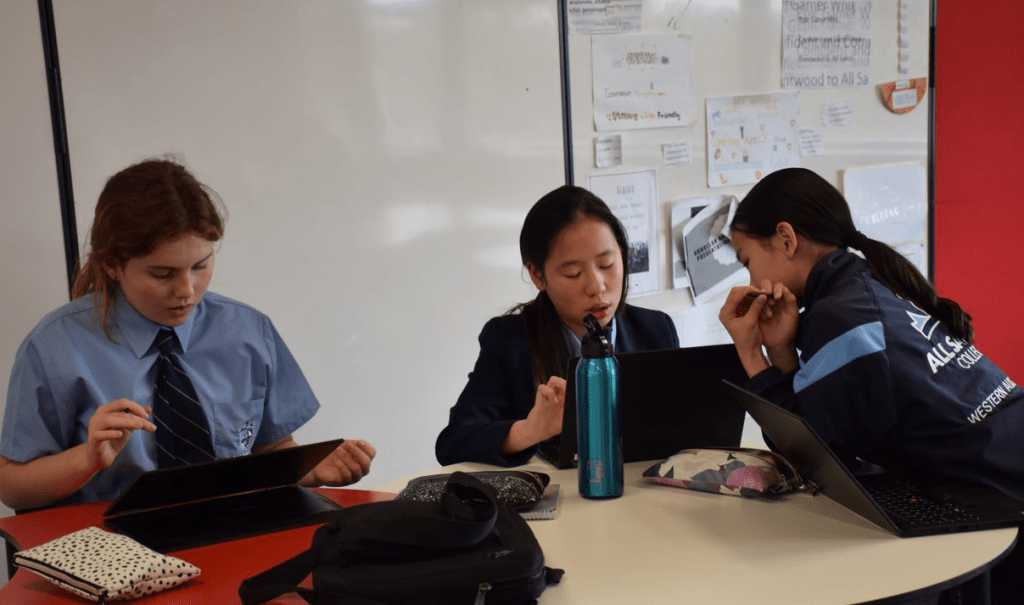
Planning and Early Stages
This entire Project Utopia started when we read a novel called The Giver. This was a dystopian novel highlighting some problems with enforcing rules, cutting off the past, and making everything the same. This helped our group to make sure we allow everyone to be individuals and have freedom in our utopia. The Giver also stopped us from implementing harsh rules. Another assessment we had was making a sustainable house in Science. In this task, we needed to focus on saving water and energy features and behaviors. This helped me when I was implementing sustainability in our utopia. For example, during the sustainable house assessment, I implemented a time limit for the showers. This was carried over to Project Utopia and put into all buildings. This is what I learned from the beginning of Term 2 that helped me a lot during Project Utopia.
During our planning stages, the entire group sketched our utopia. We designed the layout to prevent urban sprawl, which is a problem in Perth. We learned this in Humanities in Term 2 when we were learning about liveability. Liveability also played a huge part in our utopia. Our utopia had to be liveable. During our sketching, the Mayor of Fremantle came to see us. He liked how we planned our utopia. He also said he liked the name of our utopia. The name of our utopia is Chairo Naturae. It means joy and nature which connected closely to sustainability, the UN Global Goals, and the liveability factors. This is what happened when we were planning and designing our name and utopia.
/The-Giver_2_5-56a140685f9b58b7d0bd760c.jpg)
Global Goals and Accreditation
Another major part of Project Utopia was the UN Global Goals. We could research them and use them to improve our Utopia. We could also apply for accreditations and become an “expert” in a particular goal. My group applied for accreditations and researched about Global Goals. We learned many things that helped us improve our Utopia. For example, when we were researching about goal 7, Affordable and Clean Energy, we realized that the two sources of reusable energy we had implemented, wind and solar, were not reliable. We realized this could be a problem and decided to research interesting sources of energy. This is when kinetic energy is harvesting from people walking on the streets. This is an efficient way to get energy and it is also quite reliable. This amazing way of collecting energy that we would have never known if it wasn’t for the opportunity to research the Global Goals.
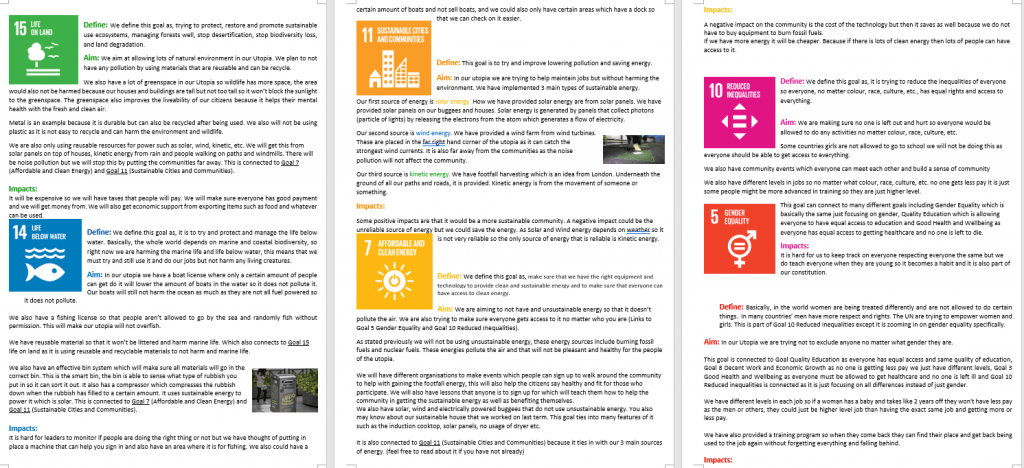
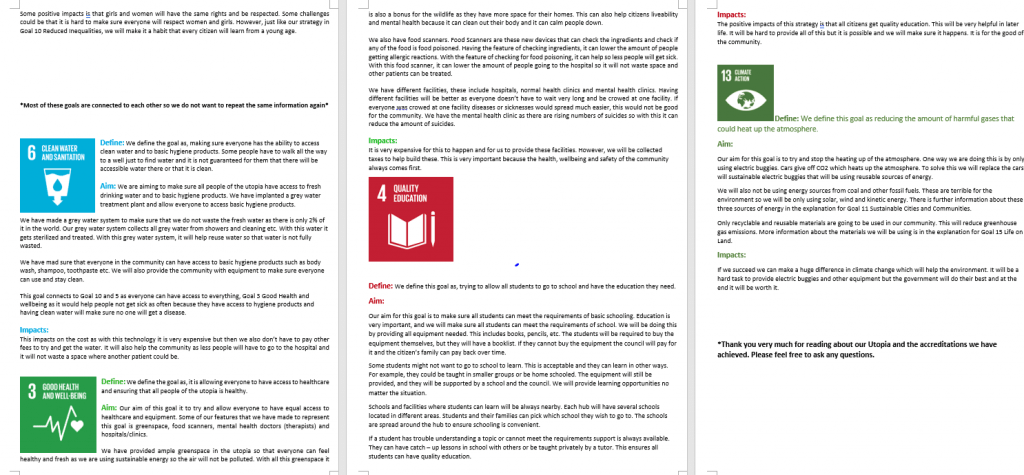
Constitution
All communities have a base. Something to put their values around. Chairo Naturae also has that. It is in The Constitution and we also have an article of rights, Arthro Dikaiómata. This states the basic rights of every citizen in Chairo Naturae. The Constitution also lists how the community runs. I learnt many things from this. I learnt that the most important document in Australia in the constitution. I also learnt that for a good society to run a constitution must be used. These are only a few things from creating a constitution and article of rights. I learnt many other things as well such as what is a constitution, why do we have it, etc. Throughout the entire Project Utopia, I enjoyed creating The Constitution the most.
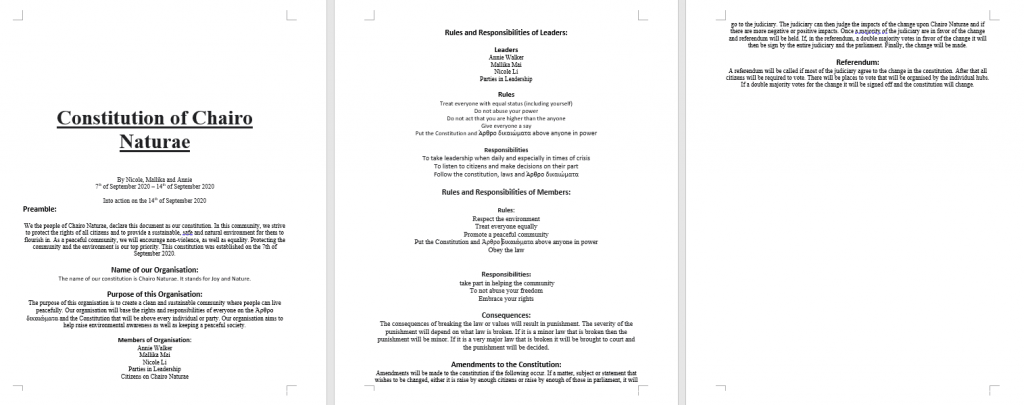
Presentation
The final stage of Project Utopia was presenting to parents, students, and teachers. All groups created a presentation of their Utopia and presented as well as answered questions. I learned an interesting presentation skill. It is called the power pose. When I used this on presentation evening I presented better than I had before. Better than in class as well. This is something I learned that I could take with me into senior school and beyond. Learning presentation skills helped me a lot in Project Utopia.
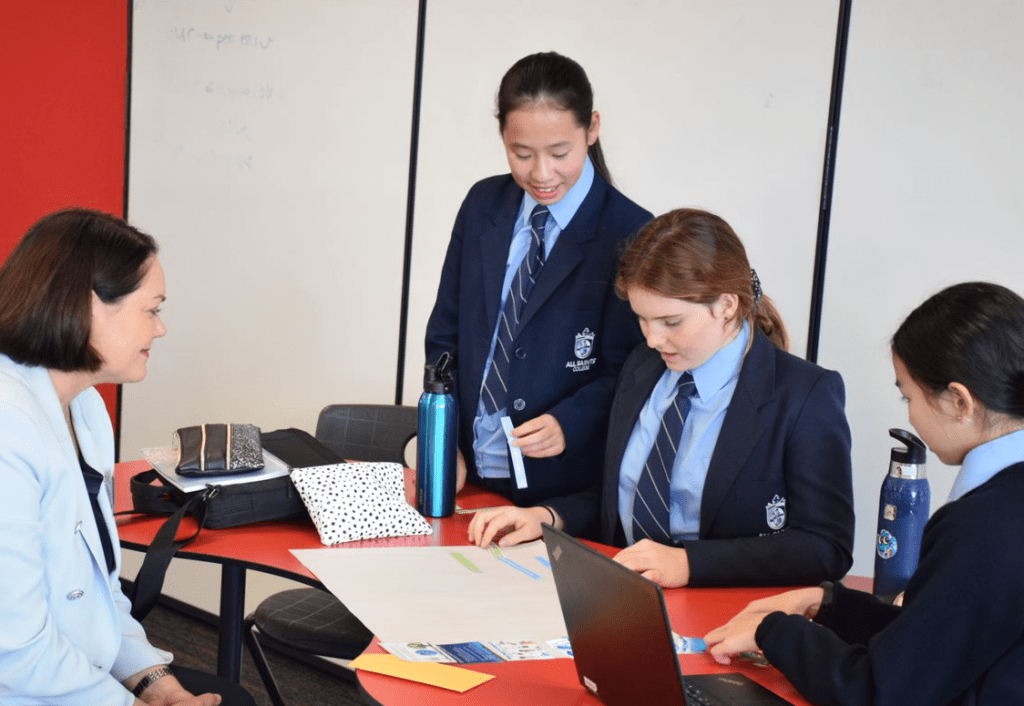
Connections and Collaborating
Many of the Global Goals, liveability factors and sustainability features are connected. We needed to make these connections to help our Utopia as many of these things are connected. I learnt that many of the Global Goals and liveability factors focus on the environment. This is why the environment became very important in our Utopia. Professor Tanya Fitzgerald also came to listen to us when we were trying to gain accreditation of goal 4, Quality Education. She said she liked how we connected many goals and liveability factors. We all agreed that the liveability factors and the UN Global Goals very connected closely with sustainability tying in. Collaborating is also very important because we were working in groups. I learnt from collaborating that my group was good because we all were good in different areas. For example, one member of my group was very creative and good at modelling. However, I was better at writing so it was easy to divide work and make sure everyone did something they were good at. I learnt this was what allowed our group to work together so easily and effectively.
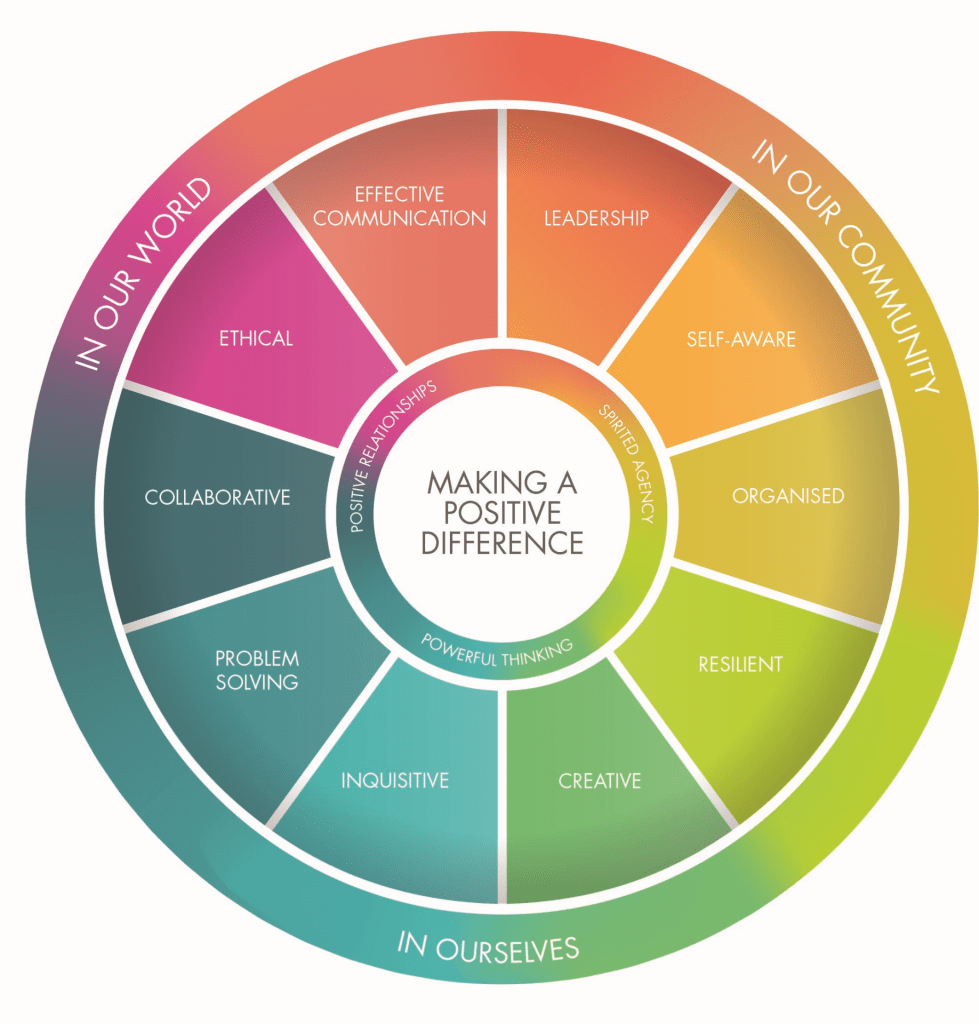
As you can see I learnt lots of things from Project Utopia. I really hope to do something like this in the future because it is an innovative and fun way to learn, not only facts and information but also skills that I can use later in life.